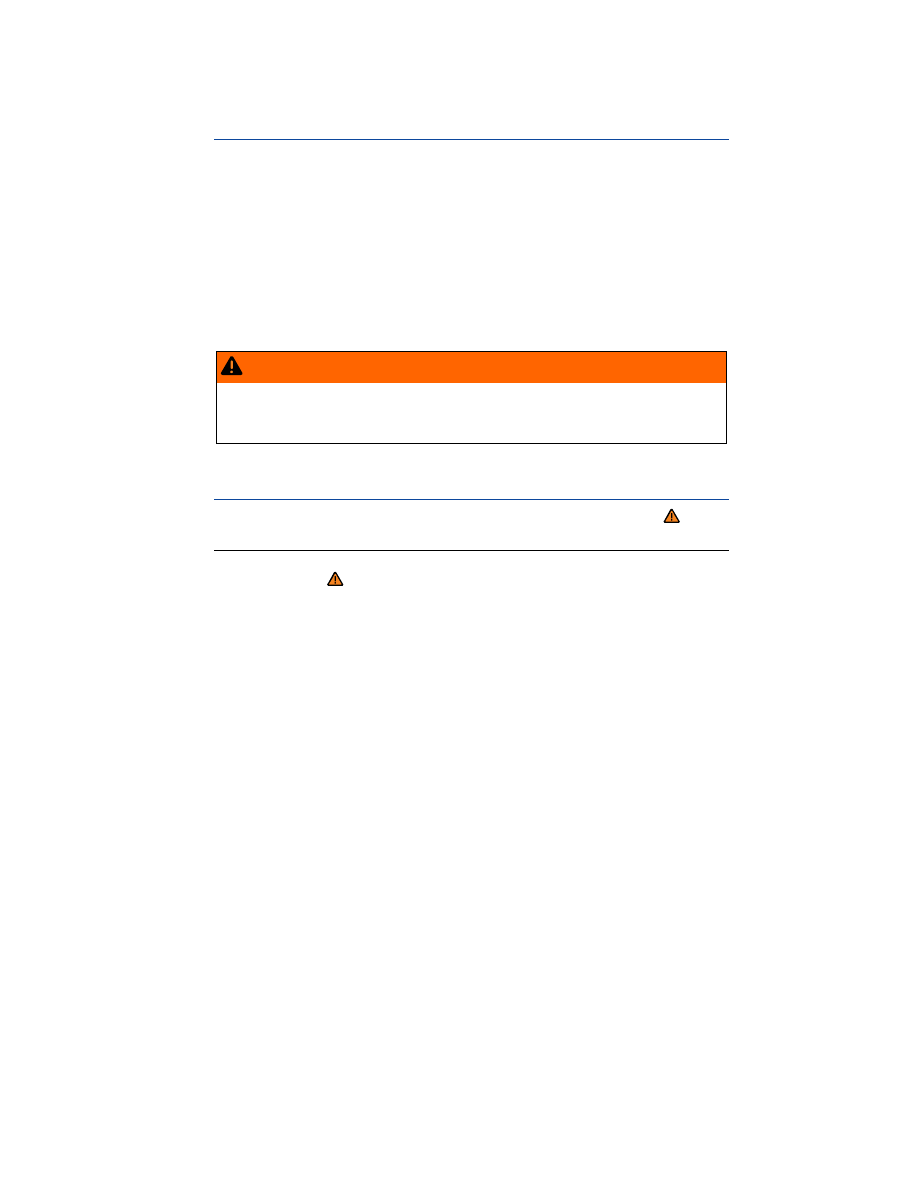Volkswagen Golf SportWagen (2015 year). Instruction - part 4

Driving checklists and warnings
Introduction
In this section you’ll find information about:
Getting ready and driving safely
Driving in other countries
Driving through water on roads
More information:
Sitting properly and safely
Transporting
Starting and stopping the engine
Saving fuel and helping the environment
Consumer information
WARNING
Driving under the influence of alcohol, illegal drugs, narcotics and some medications may
cause collisions and other accidents, severe personal injuries and even death.
Alcohol, illegal drugs, narcotics and some medications may severely affect perception,
reaction times and safe driving, which may result in the loss of vehicle control.
Getting ready and driving safely
Please first read and note the introductory information and heed the WARNINGS
Checklist
Observe the following points before and during every drive for your own safety, the safety of all pas-
sengers and others
⇒ :
Check proper function of lights and turn signals.
Check tire pressure (
⇒ Tires and wheels) and fuel level (⇒ Refueling).
Make sure that all windows are clean.
Make sure that the engine is not covered by blankets or other materials and that the engine air
intake is free of obstacles.
Store items and all luggage safely in the storage compartments, in the luggage compartment and,
where applicable, on the roof
⇒ Transporting.
Always make sure that nothing keeps the pedals from moving freely.
Make sure that children are properly secured by a restraint system appropriate for their size and
weight
⇒ Child safety and child restraints.
Properly adjust front seats, all head restraints and mirrors to the correct height
⇒ Adjusting the
seating position.
Wear shoes that give your feet a good grip and that give you a feel for the pedals.